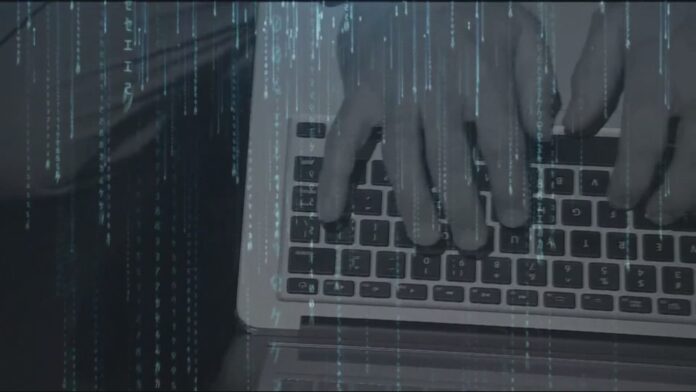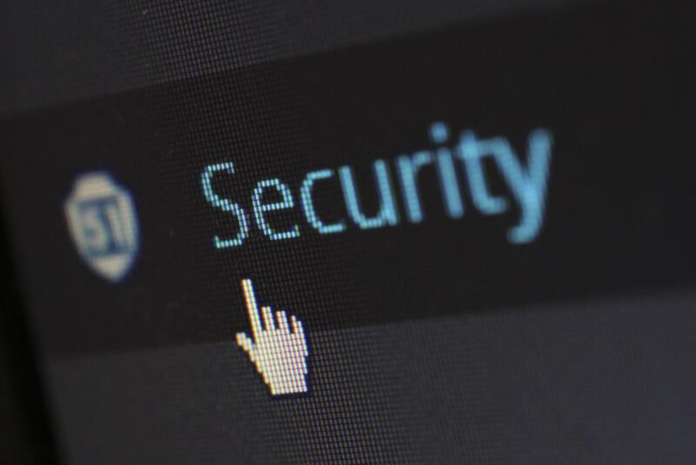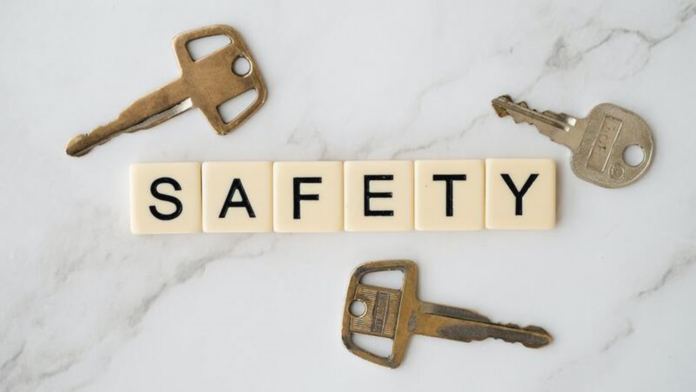The Philippines Central Bank recently announced that it has approved new e-KYC guidelines that use a digital identity system. The new guidelines are part of a wider scheme to strengthen customer due diligence that is used by financial services in the country. e-KYC will use technology to digitally verify customer identity and expand on the existing e-KYC protocol. Banks in the Philippines will have 1 year to comply with the new guidelines.
In this article, we will take a closer look at e-KYC including the difference between e-KYC and KYC, how the new guidelines will affect customers in the Philippines and steps that customers can take to prevent identity theft themselves.
What Is The Difference Between e-KYC and KYC?
Electronic Know Your Customer (e-KYC) and Know Your Customer (KYC) are two distinct but related processes in the customer identification and verification space. KYC is a conventional method that involves physical documentation and face-to-face interactions to verify the identity of a customer, typically conducted by financial institutions and other regulated entities. It is a good idea to read more about KYC verification delving further into e-KYC.
On the other hand, e-KYC leverages digital technology and data-driven approaches to streamline the process, allowing for remote verification through electronic documents, biometric authentication, and AI algorithms. The primary difference lies in the mode of implementation: while KYC relies on manual procedures, e-KYC harnesses the efficiency and convenience of digital platforms to expedite customer onboarding and enhance the overall user experience. Despite their disparities, both methodologies are essential in ensuring compliance with regulatory standards and preventing fraudulent activities in various industries.
How Will The New e-KYC Guidelines Affect Banking Customers and Institutions in The Philippines?
The newly approved electronic Know-Your-Customer (e-KYC) guidelines by the Bangko Sentral ng Pilipinas (BSP) will have significant impacts on both banking customers and institutions in the Philippines. With the adoption of e-KYC using a digital identity system, the customer onboarding process will become more streamlined and efficient.
For banking customers, this means a more convenient and faster account opening experience, as the need for physical documentation and face-to-face interactions will be reduced. The use of technology and existing e-KYC systems will allow for seamless remote identity verification, promoting financial inclusion by reaching a broader range of customers, including those in remote areas.
For banking institutions, the new e-KYC guidelines bring greater compliance requirements and the need to implement robust digital identification and verification processes. Banks that already have an existing e-KYC system will need to ensure it aligns with the minimum requirements set by the BSP within the specified one-year compliance period. On the other hand, institutions planning to shift to e-KYC systems will need to adhere to the provisions set by the BSP before implementing the new system.
Why is e-KYC Important For Banking Institutions in 2025?

It is clear that the new e-KYC guidelines will improve the efficiency of KYC systems in the Philippines. But, why is e-KYC so important in the first place?
Enhanced Customer Onboarding Efficiency
e-KYC streamlines the customer onboarding process, revolutionizing how financial institutions interact with potential clients. By eliminating the need for physical paperwork and face-to-face meetings, e-KYC expedites the verification process, reducing onboarding time from days to minutes.
This efficiency not only improves customer experiences but also allows institutions to serve a larger customer base, fostering growth and expansion. Additionally, the seamless and user-friendly onboarding process can boost customer satisfaction and loyalty.
Identity theft prevention
e-KYC leverages advanced technologies, such as biometric authentication and secure document verification, to strengthen security measures. By verifying customers’ identities through multiple layers of authentication, financial institutions can significantly reduce the risk of fraudulent activities and identity theft.
The implementation of e-KYC systems also increases customer trust and confidence in the institution’s commitment to safeguarding their sensitive information. This increased level of security not only protects customers but also shields financial institutions from potential reputational damage that may arise from security breaches.
Regulatory Compliance and Risk Management
Meeting regulatory compliance requirements is a top priority for financial institutions in the Philippines. e-KYC plays a pivotal role in ensuring adherence to Know Your Customer (KYC) and Anti-Money Laundering (AML) regulations.
By utilizing digital identification and verification methods, financial institutions can gather comprehensive and accurate customer information, minimizing the risk of identity fraud and financial crimes. The sophisticated data analytics capabilities of e-KYC systems enable institutions to assess and manage risks more effectively, safeguarding both the institution and its customers.
How To Prevent Identity Theft in The Philippines

One of the main reasons that the new e-KYC guidelines have been introduced in the Philippines is to minimize the risk of financial fraud and identity theft which is a major threat to financial institutions. While e-KYC is one way to reduce the threat, it is a good idea for financial institutions and their customers to put other measures in place that can reduce the threat further.
Device Fingerprinting
Implementing device fingerprinting technology is a powerful way to reduce identity theft. This method involves analyzing and recording unique attributes of a user’s device, such as IP address, browser version, operating system, and hardware characteristics.
By creating a digital “fingerprint” for each device, financial institutions can detect unusual activities or suspicious login attempts. If a user attempts to access an account from a device with an unfamiliar fingerprint, additional verification steps can be triggered to ensure the legitimacy of the user, thereby mitigating identity theft risks.
Pre-KYC Checks

Conducting thorough pre-KYC checks is another crucial approach to preventing identity theft. Before initiating any financial relationship, institutions should perform robust background checks on potential customers to verify their identities and assess their risk profiles.
This involves verifying official documents, cross-referencing information, and using third-party databases to validate customer details. By conducting these checks prior to onboarding, financial institutions can identify and deter fraudsters attempting to use false identities, safeguarding the integrity of their services.
Digital Footprint Analysis
Employing digital footprint analysis allows financial institutions to monitor and analyze customers’ online activities and behaviors. By scrutinizing a customer’s digital footprint, including social media interactions, transaction history, and online presence, institutions can detect any unusual or suspicious patterns that may indicate potential identity theft attempts.
This approach allows financial institutions to intervene promptly and apply additional security measures if required, preventing identity thieves before they can cause harm.











